Coffee machine vs French press - experts reveal what's best for how you live
Which coffee maker offers the best blend of taste, form and function? Our experts share their thoughts on which one to pick for how you like to live
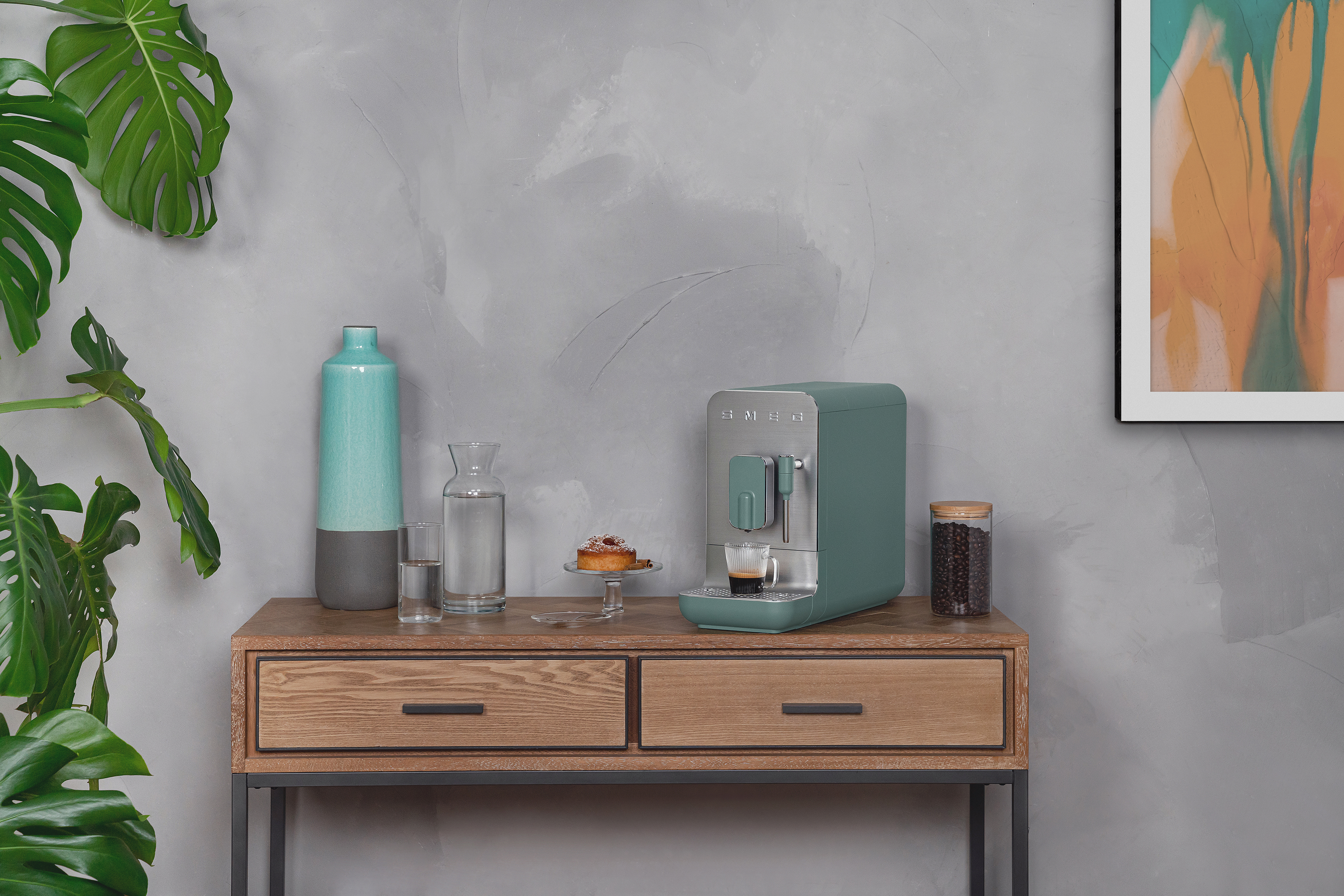
When it comes to coffee there's no one size fits all. But a coffee machine vs French press debate is definitely something you'll need to consider in the quest for the start to the day that suits your lifestyle and taste.
If you're busy and need an instant coffee fix at the press of a button, then out of all the best coffee makers you'll want an espresso machine. It's also great for variety, offering all different types of coffee, from espresso to flat white, as well as producing an flavorsome cup of joe with freshly ground beans.
If you like to take your time when making your coffee, and channel your inner barista, a French press will deliver a robust finish and bold flavor. However, it will also require more equipment and effort, including grinding your own beans if you're looking for the optimum taste that freshly ground coffee provides.
Thanks to stylish new designs, both brewing options offer a sleek aesthetic, although some bean-to-cup coffee machines will take up more real estate on the kitchen counter.
Coffee machine vs French press
If you're not sure whether to look for the best French press or the best bean-to-cup coffee machine, our experts will help navigate the decision below.
What is a bean-to-cup coffee machine?
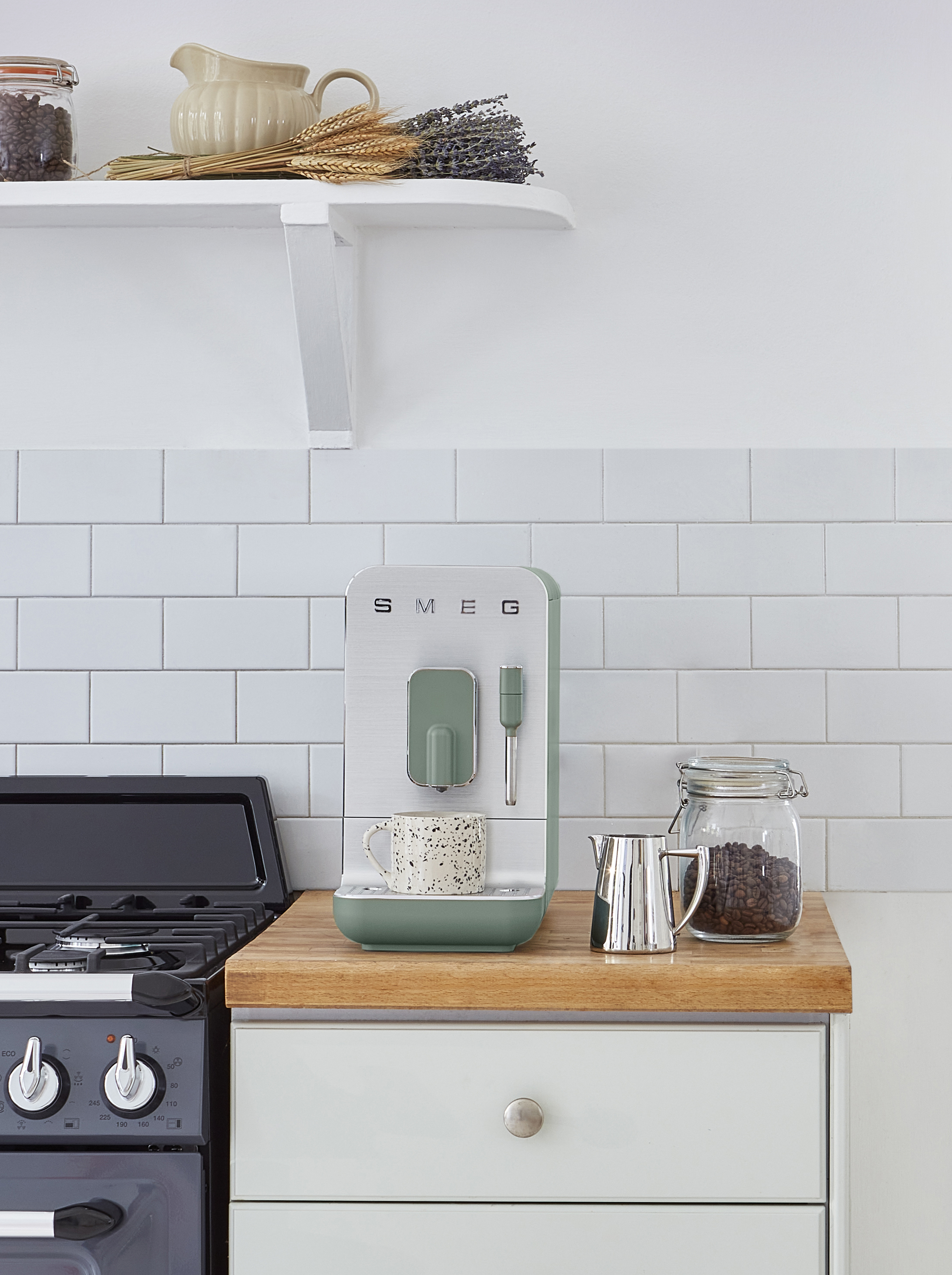
A bean-to-cup machine is a coffee maker that grinds fresh coffee beans and brews a cup of coffee in one seamless process.
They have have an integrated grinder and brewing system, ensuring the freshest coffee experience.
'A bean-to-cup coffee machine is ideal for coffee lovers who value freshly ground beans and appreciate the convenience of an all-in-one brewing solution,' says Debbie Main-McIvor, marketing manager at Dualit.
What is a French press?
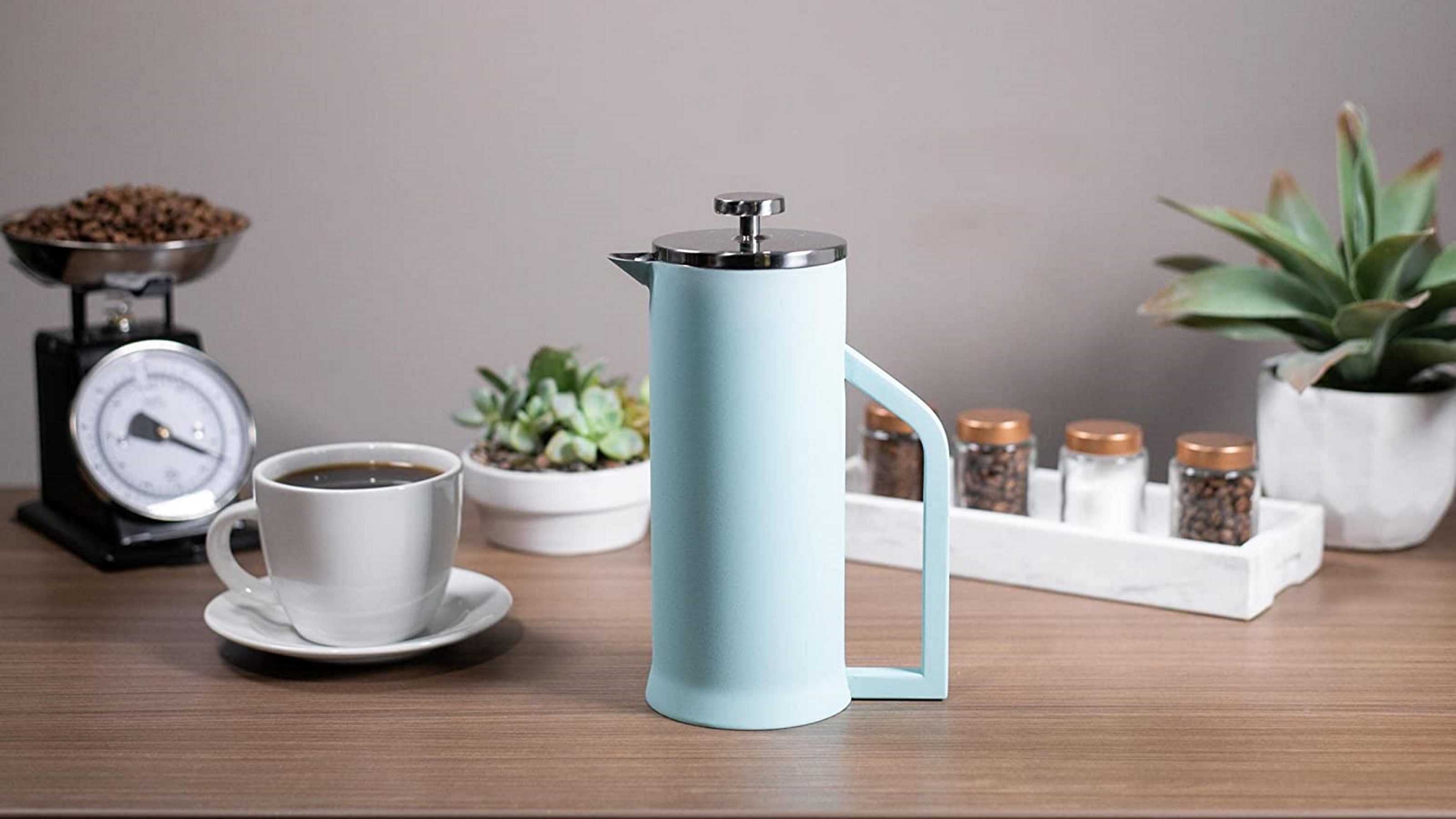
'A cafetière, also known as the French press, is well-suited for individuals who appreciate a hands-on coffee brewing experience and desire a robust, full-bodied cup of coffee,' says Debbie Main-McIvor.
So how does it work? You place your preferred coffee grounds into a cylindrical beaker, pour over almost boiling water (boiling water can burn the beans and affect flavor) and allow them to infuse.
When the brew is at your desired strength, you push down a plunger-filter to separate the grounds from the coffee, making it ready to pour.
Coffee machine vs French press: Brewing time
If time is of the essence in the morning, a bean-to-cup coffee machine certainly wins the fastest option award.
A French press will take between 5-8 minutes to prepare and brew, while a coffee machine will have your drink ready in around a minute. If you are grinding your coffee beans instead of using pre-ground with your French press, this will also add to the time.
Alice Snow, home economist at Smeg, says: 'The French press requires patience, as the infusion process takes time, before the coffee is ready to pour.
'A bean-to-cup coffee machine takes a matter of seconds to heat and make a coffee from scratch.'
And Dualit's Debbie Main-McIvor agrees it's the quickest option, adding: 'Compared to a cafetière, a coffee machine is incredibly quick and efficient. You can have your brew ready in no time, so you can enjoy that authentic Italian coffee machine experience on the commute or during the morning rush.'
Coffee machine vs French press: Ease of use
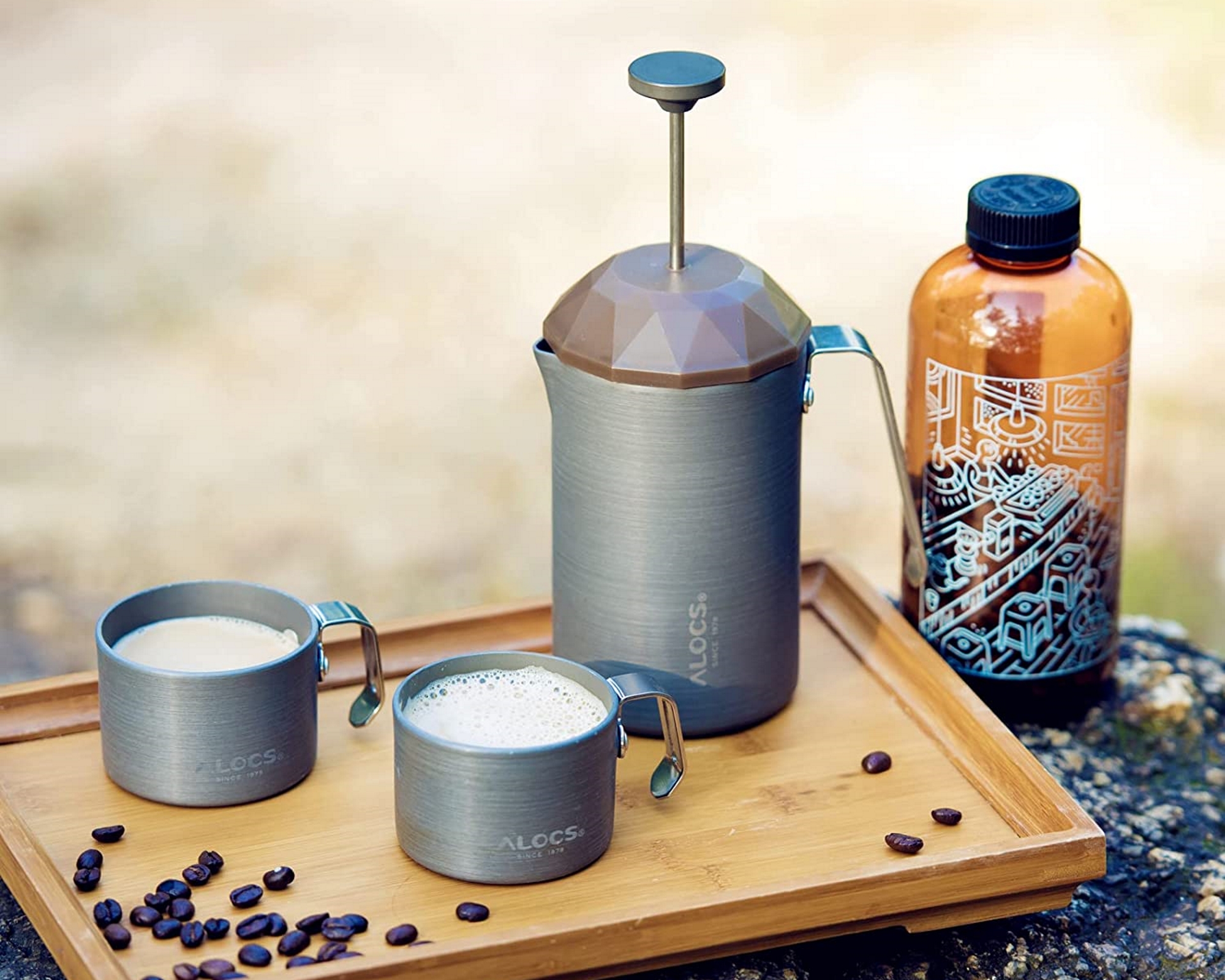
Both a French press and a coffee machine are easy to use, but a French press will take longer and you will need more equipment for it.
Extra equipment for a French press will include a kettle, a coffee grinder (you can always buy pre-ground but freshly ground coffee usually elicits a better-tasting cup), and a thermometer to check the water temperature before pouring it over your grounds.
'The bean-to-cup machine has a built-in grinder, 'says Alice Snow. 'Where the French press would need you to have either an additional appliance to grind the beans, or purchase pre-ground, the bean-to-cup machine grinds the beans fresh for every single coffee. In addition, it is possible to change the grind setting, to alter the strength of the coffee produced. This creates the best and most versatile results, in one compact appliance.'
Ensuring the settings are correct for your taste and preference may be a little fiddly initially on a bean-to-cup coffee machine but, once you've chosen your settings, a coffee is just a press of a button away, making it the easiest to use out of the two.
Smeg's Alice Snow says: 'A bean-to-cup coffee machine is a compact, all in one coffee machine. Comprising a bean container with built in grinder for strength selection, a water tank and a steam wand for milk frothing.
'It can produce all types of coffee, from the large to the small, cappuccino to espresso, making it versatile as well as easy to use. A machine produces the perfect cup of coffee in seconds, every time.'
However, if you're making coffee for up to four people and everybody is happy to have the same brew, a French press is a great option.
Alice says: 'A French press is an easy way to make filter coffee in large quantities, and is an inexpensive way of brewing coffee at home.
'The variety of drinks is limited with the French press, although it's possible to alter the strength with fine to coarse ground coffee depending on preference.'
And Debbie Main-McIvor adds: 'While the French press requires some effort in terms of manual operation and cleaning compared to a bean-to-cup coffee machine, its simple design still makes it easy to use.'
Coffee machine vs French press: The final taste
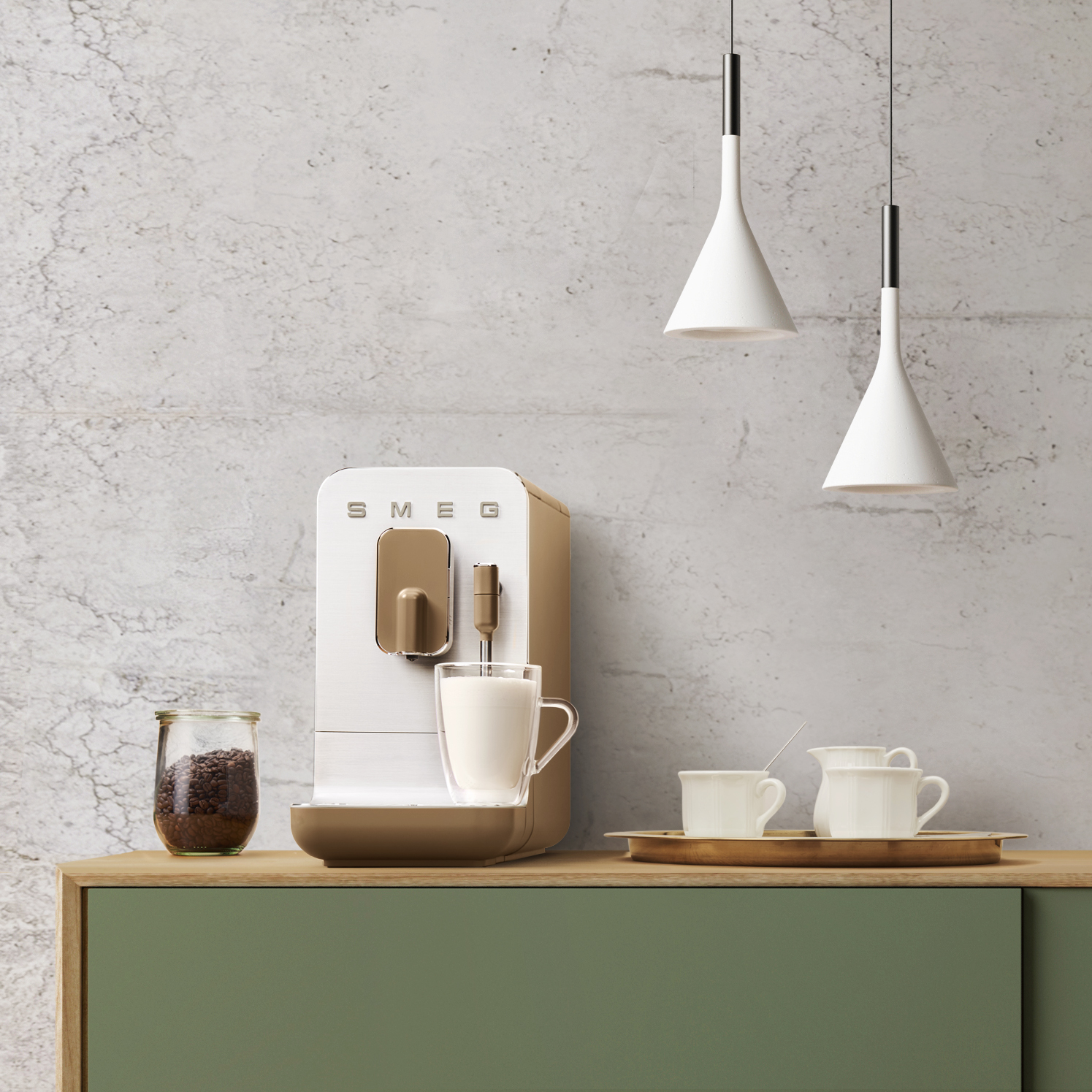
The fact that a coffee machine offers a freshly ground cuppa at the press of a button makes it pretty hard to compete with.
'The advantage of using a bean-to-cup coffee machine is that you can adjust the grind settings and dose control to ensure fresh, authentic coffee to suit your preference,' says Debbie Main-McIvor.
You can buy pre-ground coffee for your French press (a medium/coarse grind is usually ideal), but grinding beans yourself to your preferred grind size will ensure a coffee that's suited perfectly to your taste, and is also likely to offer a fuller flavor; pre-ground coffee can be oxidized, losing its flavor over time.
Debbie says: 'The finished brew from a French press, when you’ve used high quality coffee beans, can be incredibly delicious, especially for individuals who prefer a bold and textured coffee.'
However, perfecting your coffee in a French press is likely to take more patience and practice than using a bean-to-cup coffee machine.
Debbie Main-McIvor says: 'The advantage of using a coffee machine is that you can adjust the grind settings and dose control to ensure fresh, authentic coffee to suit your preference.
'It allows you to create your coffee shop favorites at home at the touch of a button, delivering a flavorful and aromatic cup of coffee with minimal effort.'
Be The First To Know
The Livingetc newsletters are your inside source for what’s shaping interiors now - and what’s next. Discover trend forecasts, smart style ideas, and curated shopping inspiration that brings design to life. Subscribe today and stay ahead of the curve.
Ruth Doherty is a lifestyle journalist based in London. An experienced freelance digital writer and editor, she is known for covering everything from travel and interiors to fashion and beauty. She regularly contributes to Livingetc, Ideal Home and Homes & Gardens, as well as titles like Prima and Red. Outside of work, her biggest loves are endless cups of tea, almond croissants, shopping for clothes she doesn’t need, and booking holidays she does.
-
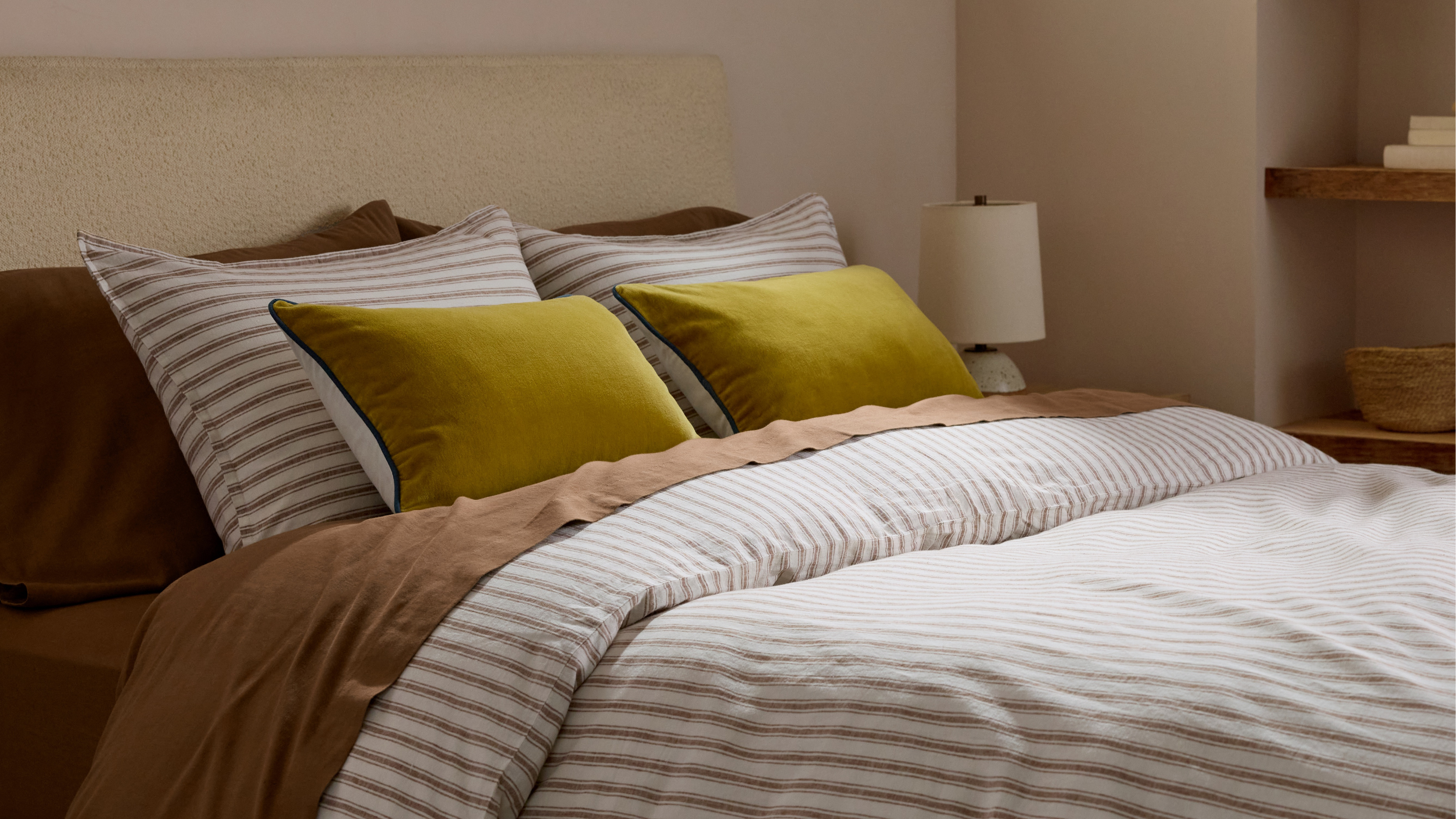 Parachute Just Dropped a Collection at Target and It's A Guaranteed Sell Out
Parachute Just Dropped a Collection at Target and It's A Guaranteed Sell OutHigh quality bedding and bath linens just got a lot more accessible. Parachute's signature effortlessly chic style is now available in over 200+ pieces at Target
By Devin Toolen
-
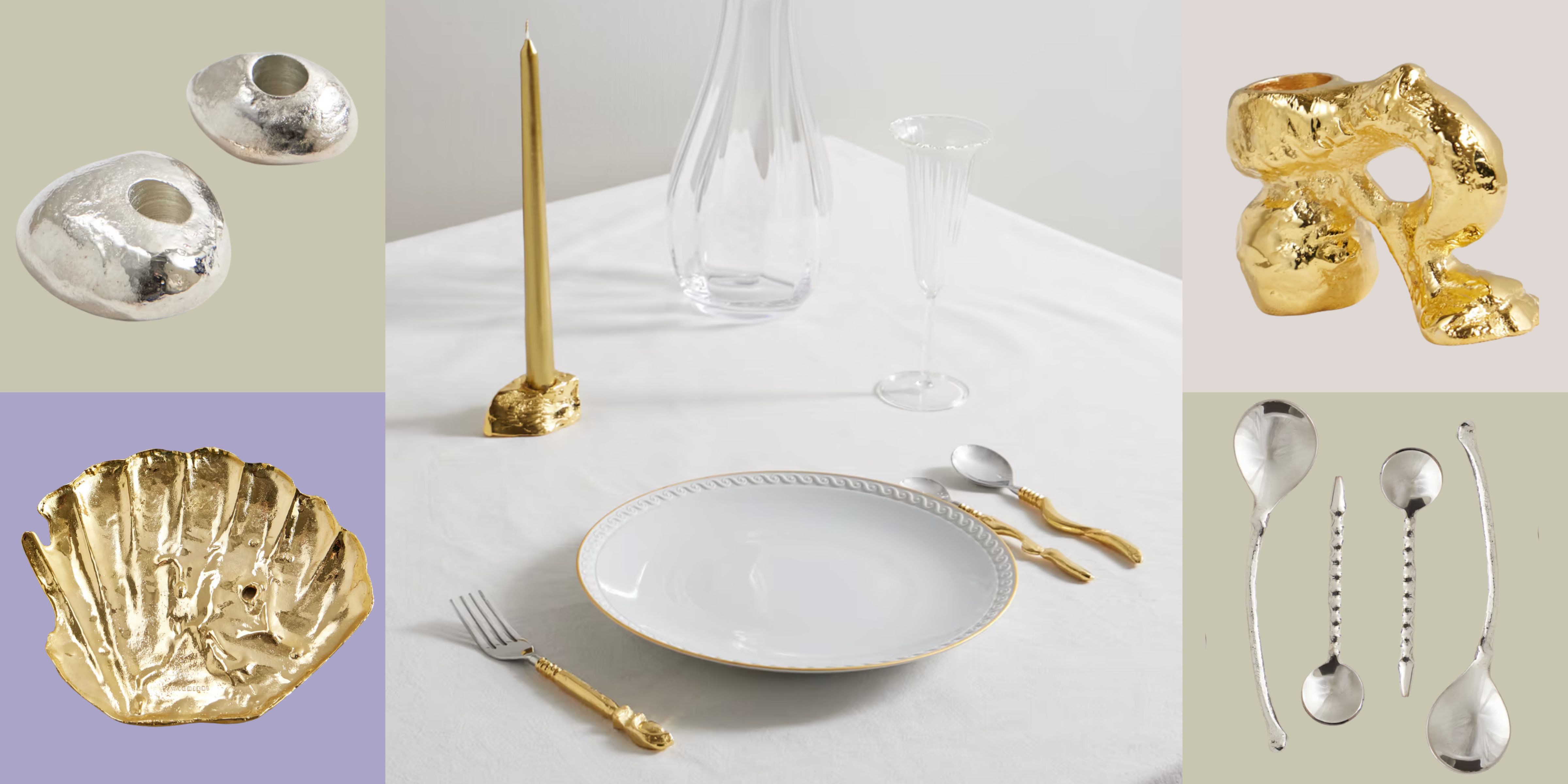 Now Serving: Jewelry for Dinner — Alighieri Brings Its Signature Raw Beauty to the Table
Now Serving: Jewelry for Dinner — Alighieri Brings Its Signature Raw Beauty to the TableAlighieri CASA is what happens when a jewelry house designs your cutlery — and yes, it’s just as fabulous as it sounds
By Julia Demer